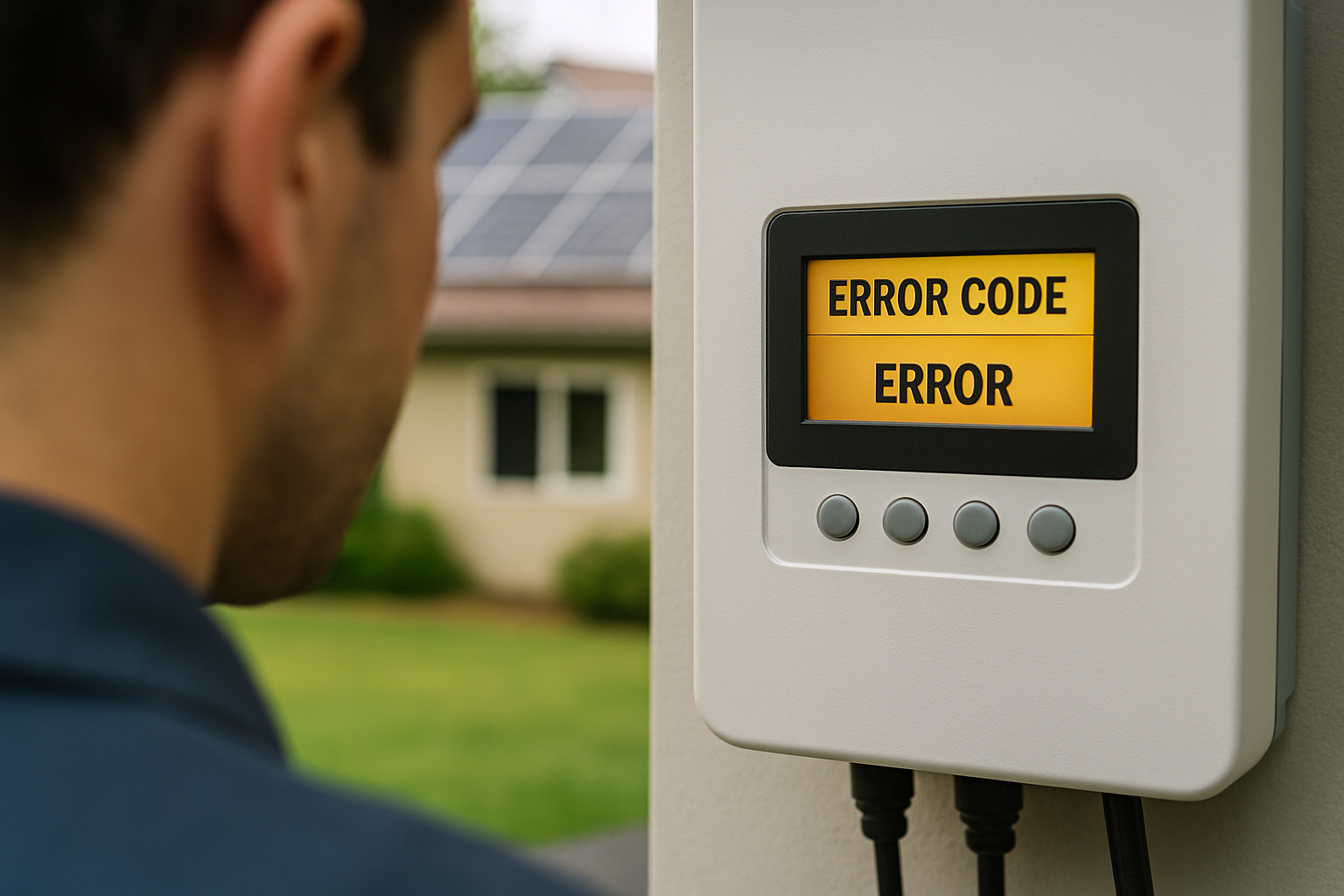From our standpoint as industry analysts, nuisance faults like breaker trips and GFCI interruptions in residential and commercial solar systems are more than an inconvenience; they are a leading indicator of systemic issues that impact asset performance, operational costs, and grid stability. As the penetration of distributed energy resources (DERs) deepens, the industry must move beyond a simple component-level view of these faults and analyze them through the lens of system integration, inverter technology, and evolving grid dynamics.
Deconstructing Overcurrent Faults in Inverter-Based Systems
In our analysis of system reliability, we find that the nature of fault currents in DERs is fundamentally misunderstood by many stakeholders. Traditional grid protection is built around the high fault currents (5-10x nominal) supplied by synchronous generators. Inverter-based resources, however, are current-limited by their semiconductor components and typically contribute only 1.1-1.5x their nominal current during a fault.
This paradigm shift has critical implications:
- Protection Blinding: Legacy overcurrent protection devices (fuses, conventional breakers) may not reliably detect the low-level fault currents from an inverter, creating a safety and reliability gap. This requires a shift toward more sensitive and intelligent protection schemes.
- Inverter-Driven Overloads: We observe that trips are often not caused by a single, massive fault but by the complex interaction of high-demand appliances, EV charging loads, and the inverter's own operational limits. The issue is less about a "short circuit" and more about inadequate load management and system sizing.
- Grid Voltage Excursions: As DER penetration increases, localized voltage instability on the distribution grid can cause inverters to trip as a protective measure (e.g., via ANSI C84.1 voltage limits). What appears to be a site-specific "breaker trip" may, in fact, be a symptom of a wider grid integration challenge.
The Rise of Nuisance GFCI Tripping: A Technology and Balance-of-System Issue
Ground Fault Circuit Interrupter (GFCI) nuisance trips are a significant source of operational expenditure for asset managers. Our research indicates the root causes are often tied to shifts in core system technology.
- Transformerless Inverter Topology: The market's shift toward high-efficiency transformerless inverters is a primary driver. These designs, by their nature, can exhibit higher capacitive leakage currents during normal operation. This inherent electrical signature can be misinterpreted as a ground fault by highly sensitive GFCIs, particularly those rated at 5mA.
- Module-Level Power Electronics (MLPE): The proliferation of microinverters and DC optimizers introduces more components and wiring on the rooftop. While beneficial for production, this increases the number of potential points for insulation degradation and moisture ingress, creating low-level ground faults that manifest as intermittent GFCI trips.
- Balance-of-System (BOS) Degradation: Over time, the degradation of wiring insulation, conduit seals, and connectors due to UV exposure and thermal cycling is a primary factor. What begins as a nuisance trip is often an early warning of impending component failure.
Distinguishing between benign capacitive leakage and a high-resistance fault indicative of insulation failure is a critical diagnostic challenge. Relying on simple resets without proper analysis can mask serious safety and performance issues.

The Business Case for Advanced System Diagnostics
In our view, the industry must transition from a reactive "break-fix" model to a proactive, data-driven O&M strategy. The decision to "schedule a check" should be based on performance analytics, not just system downtime.
Key Indicators for Professional Intervention:
- Chronic, Pattern-Based Tripping: If trips correlate with specific events (inverter startup, rain, high irradiance), it points to a systemic hardware or integration issue, not a random event.
- Divergence in Performance Data: A sudden drop in energy yield or an increase in voltage clipping that cannot be explained by weather patterns is a clear sign of an underlying electrical fault or component degradation.
- Failure to Ride Through Minor Grid Events: If a system disconnects during minor voltage or frequency fluctuations that other nearby systems tolerate, it suggests improper grid-support settings within the inverter (e.g., incorrect Volt-VAR or Volt-Watt functions).
The Value of Expert Analysis in a DER-Rich Grid
A professional diagnosis in today's market goes beyond a simple continuity check. It involves interrogating the inverter's event logs, performing insulation resistance testing (megger testing), and analyzing the system's interaction with the grid. Modern "smart" inverters are rich data sources that can provide crucial insights into grid quality and system health. Unlocking this data is key to ensuring that the distributed asset not only performs optimally but also contributes positively to the stability of the larger electrical grid.
Conclusion: From Nuisance to Strategic Insight
Ultimately, we see breaker and GFCI trips not as isolated problems but as valuable data points. For asset owners, they signal a need to protect their investment and optimize returns. For the broader energy industry, they highlight the technical hurdles we must overcome to integrate millions of distributed resources seamlessly. Addressing these faults with a sophisticated, analytical approach is essential for maintaining the reliability, safety, and financial performance of the entire distributed solar ecosystem.





Leave a comment
All comments are moderated before being published.
This site is protected by hCaptcha and the hCaptcha Privacy Policy and Terms of Service apply.